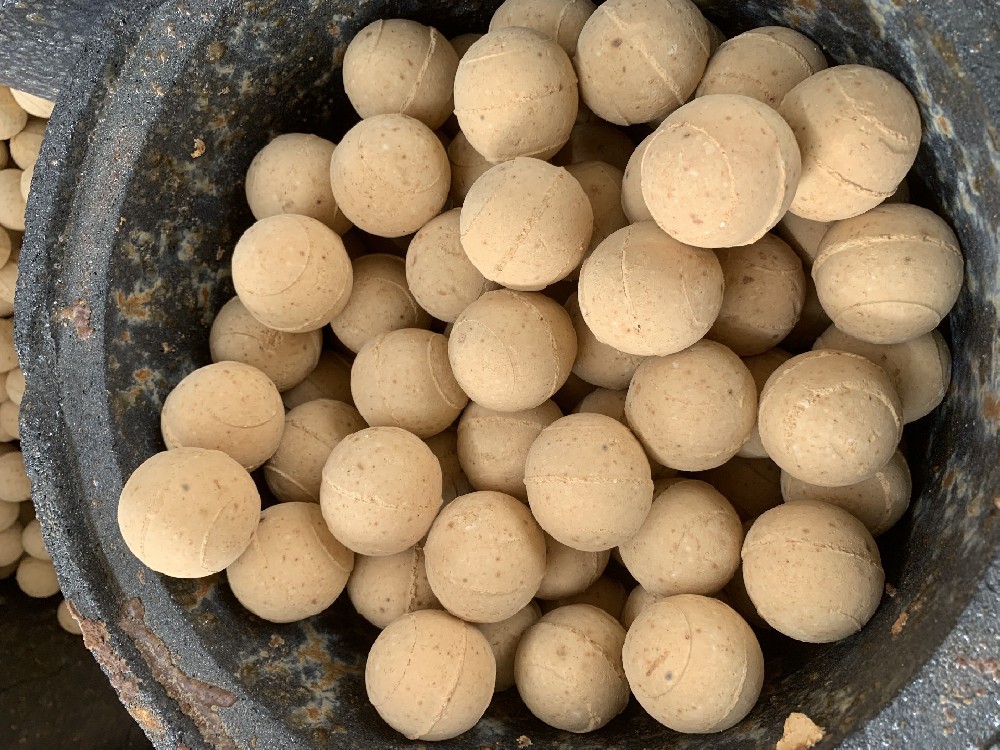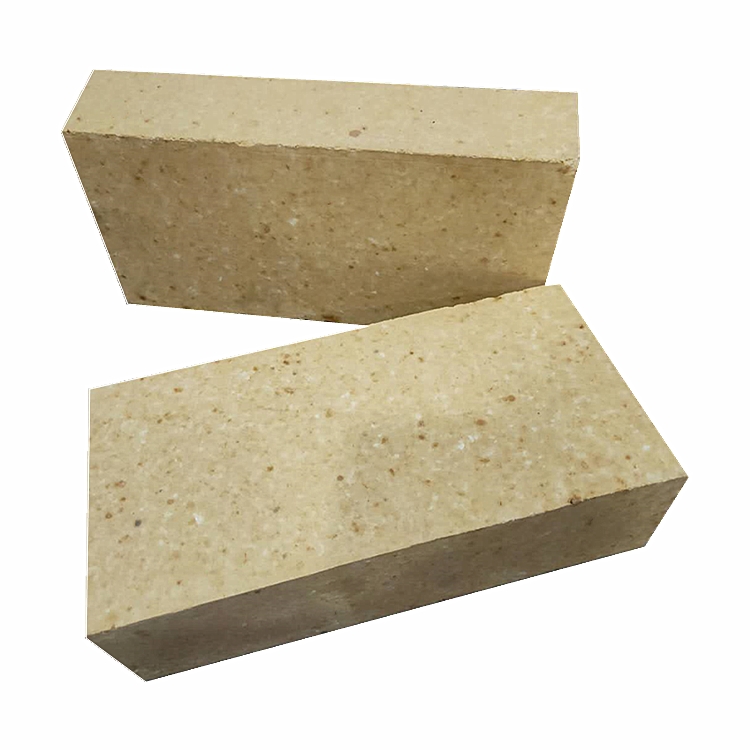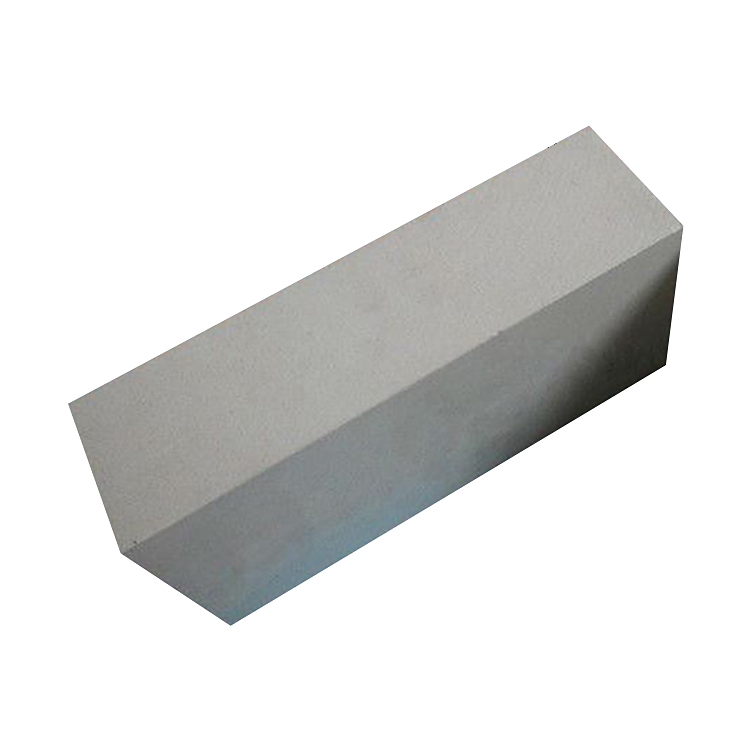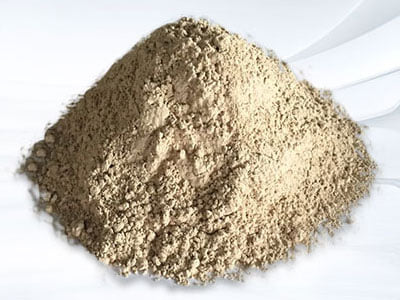Application of magnesia carbon refractory bricks in various parts of converter lining
Application of magnesia carbon refractory bricks in various parts of converter lining
In the smelting process, the use conditions and damage conditions of each part of the converter are different. For each part of the converter with different use conditions, the refractory materials to be built are also different.
magnesia carbon refractory bricks
(1) Furnace mouth: Because the temperature of the furnace mouth changes sharply, the slag and high-temperature exhaust gas are eroded greatly, and the furnace mouth is impacted when removing scrap steel and charging, so the refractory material used for the furnace mouth must have high resistance. Thermal shock resistance and slag resistance, it must be resistant to erosion by slag and high-temperature exhaust gas, and it is not easy to hang steel and easy to clean.
(2) Furnace cap: The furnace cap is the part that is more severely corroded by slag, and is also affected by temperature changes, as well as carbon oxidation and scouring of dusty exhaust gas, so it is necessary to use strong slag resistance and thermal shock resistance. Magnesia carbon brick.
(3) Charging side: the splashing effect of slag and molten steel during blowing is easy to cause chemical erosion, wear, and erosion on the charging side, and the charging side is also directly impacted and eroded by the scrap and molten iron charged, resulting in Severe mechanical damage, so magnesia-carbon bricks are required to have good thermal shock resistance in addition to high slag resistance and high high temperature strength. High-strength magnesia-carbon bricks with antioxidants are usually used.
(4) Tapping side: The tapping side is basically free from mechanical damage during charging, and the thermal shock is less affected. However, due to the thermal shock and scouring of molten steel during tapping, the damage rate is much smaller than that of the charging side. When using the same material as the charging side, in order to maintain the balanced life of the converter charge, a structure with a thinner thickness than the charging side is used for masonry.
(5) Slag line part: The slag line is the part where the charge and the molten slag are in contact with each other for a long time and are seriously corroded by slag. On the slag discharge side, due to the combined influence of strong slag corrosion and other effects on the belly position during the blowing process, the damage is serious, so it is necessary to build magnesia-carbon bricks with excellent slag resistance.
(6) Both sides of the trunnion: Except for the damage caused by blowing, the surface of the two sides of the trunnion is not covered by a protective layer, which is not easy to repair. Therefore, the carbon in the material of the charge is easily oxidized, so the damage is serious and should be masonry. High-grade magnesia-carbon bricks with excellent slag resistance and strong oxidation resistance.
(7) Hearth and hearth: These parts are severely scoured by molten steel during blowing, but compared with other parts, the damage rate is lower, so magnesia-carbon bricks with low carbon content or tar dolomite bricks can be used. . When high-speed blowing is used and the molten pool is shallow, the damage to the center of the furnace bottom may be serious. In addition, when bottom blowing is used, the damage of these parts may be aggravated, and the same material as the charging side of the bollow should be used.
-

Thermal storage alumina balls
The Thermal storage alumina ballsis made of industrial alumina and refractory kaolin as the main raw materials through scientific formula, forming and high-temperature calcination.Thermal storage alumina ballss are divid··· -

Anti-stripping high alumina brick
Use description of Anti-stripping high alumina brick1. Anti-stripping high alumina brick has a good application in low temperature parts such as large and medium-sized cement precalciner, kiln smoke chamber, indoor decom··· -

Anti-stripping high alumina bricks
Anti-stripping high alumina bricks are made of high alumina bauxite clinker, mullite, kyanite, zircon sand, and binder after granulating and powdering processes, mixed in a certain proportion, pressed into shape, and fir··· -

silica hot repair refractory
Performance index of silica hot repair refractoryThe material is a kind of plastic unshaped refractory material, its main component is SiO2, it is made of special clinker and various binders and additives, and it is proc···

